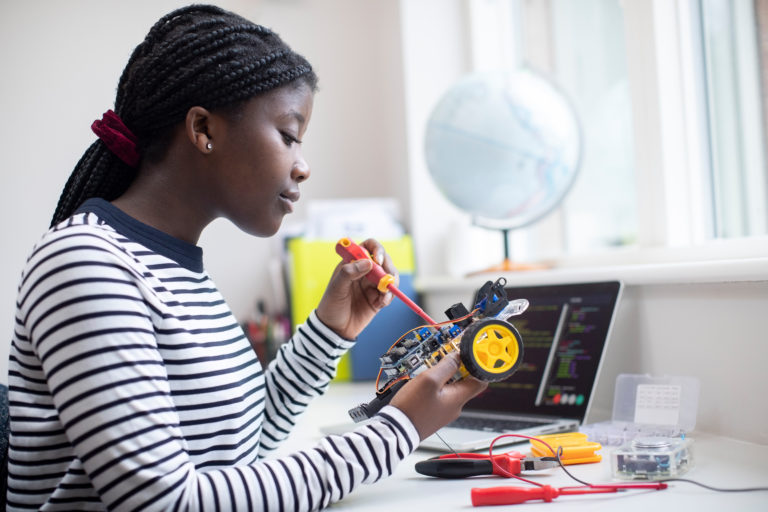Did You Know?
- Globally, girls aged 5-14 spend 160 million more hours every day on unpaid care and domestic work than boys of the same age.
- Adolescent girls continue to account for 3 in 4 new HIV infections among adolescents.
- Even before the COVID-19 pandemic, 100 million girls were at risk of child marriage in the next decade. And now over the next ten years, up to 10 million more girls worldwide will be at risk of marrying as children because of the COVID-19 pandemic.
International Day of the Girl 2023
Since 2011, the United Nations has recognized October 11 as International Day of the Girl (Resolution 66/170). This day was recognized to help create and sustain awareness of the continued challenges that females face worldwide and create and promote solutions to these challenges. Many of these challenges include issues of health, safety, and equality.
The theme of International Day of the Girl in 2023 is “Invest in Girls’ Rights: Our Leadership, Our Well-being.” This year’s Unicef International Day of the Girl events will explore opportunities for improving resourcing to girls and the issues that affect them. From October 2023 – October 2024, UNICEF and their government and civil society partners collectively call for global stakeholders to:
- Center girls in the protection and promotion of rights
- Recognize, celebrate and support girls’ leadership
- Introduce and scale up multi-sectoral programs that support adolescent girls’ well-being
- Ensure information, services and systems meaningfully change to be adolescent-girl-friendly
- Make structural changes to scale up funding for girls
The challenge presented is to overcome existing patriarchal structures in many areas of the world by investing in girls in areas such as health, education, and a reduction in harmful practices such as child marriages. You can read more about the day and how to celebrate here.
Girls in STEM
Quality education and access to it is another challenge girls across the globe face.
- Nearly 1 in 5 girls are still not completing lower-secondary and nearly 4 in 10 girls are not completing upper-secondary school today.
- Around 90 percent of adolescent girls and young women do not use the internet in low-income countries, while their male peers are twice as likely to be online. Be sure to check out this UNICEF article and findings on the digital divide between males and females.
Females remain an underrepresented demographic in both STEM education and careers worldwide, and this disparity is even greater in developing and socioeconomically-challenged regions. Thankfully, engineers, educators, leaders, and other professionals recognize this problem and are committed to opening up pathways for girls to access the education and opportunities they need to pursue a career in a STEM related field.
Tryengineering.org provides many resources dedicated to help increase the amount of females that study and pursue a career in a STEM-related field.
- Check out this Girls in STEM edition of TryEngineering Tuesday, where the IEEE Women in Engineering (WIE) group leads the way in exploring how females can be inspired to pursue STEM educations and careers.
- Register for the 2023 IEEE STEM Summit. This is a free virtual event where STEM enthusiasts, K-12 educators, and volunteers come together to share and inspire each other with STEM opportunities, resources, and activities. This year, all four keynote speakers are female leaders and engineers. By registering for the IEEE STEM Summit, you will have access to presentations such as Jenna Carpenter’s “Engineering: Where are the Girls and Why Aren’t They Here?” and the Girls in STEM Panel. Learn more about the 3rd Annual IEEE STEM Summit in this TryEngineering article.
- The TryEngineering Girls in STEM Volunteer Portal features programs that are designed specifically for girls to create an understanding of the opportunities that are available to them in engineering and technology; be inspired by one of all of these programs to launch your own equitable program to help a girl get started in STEM today!



